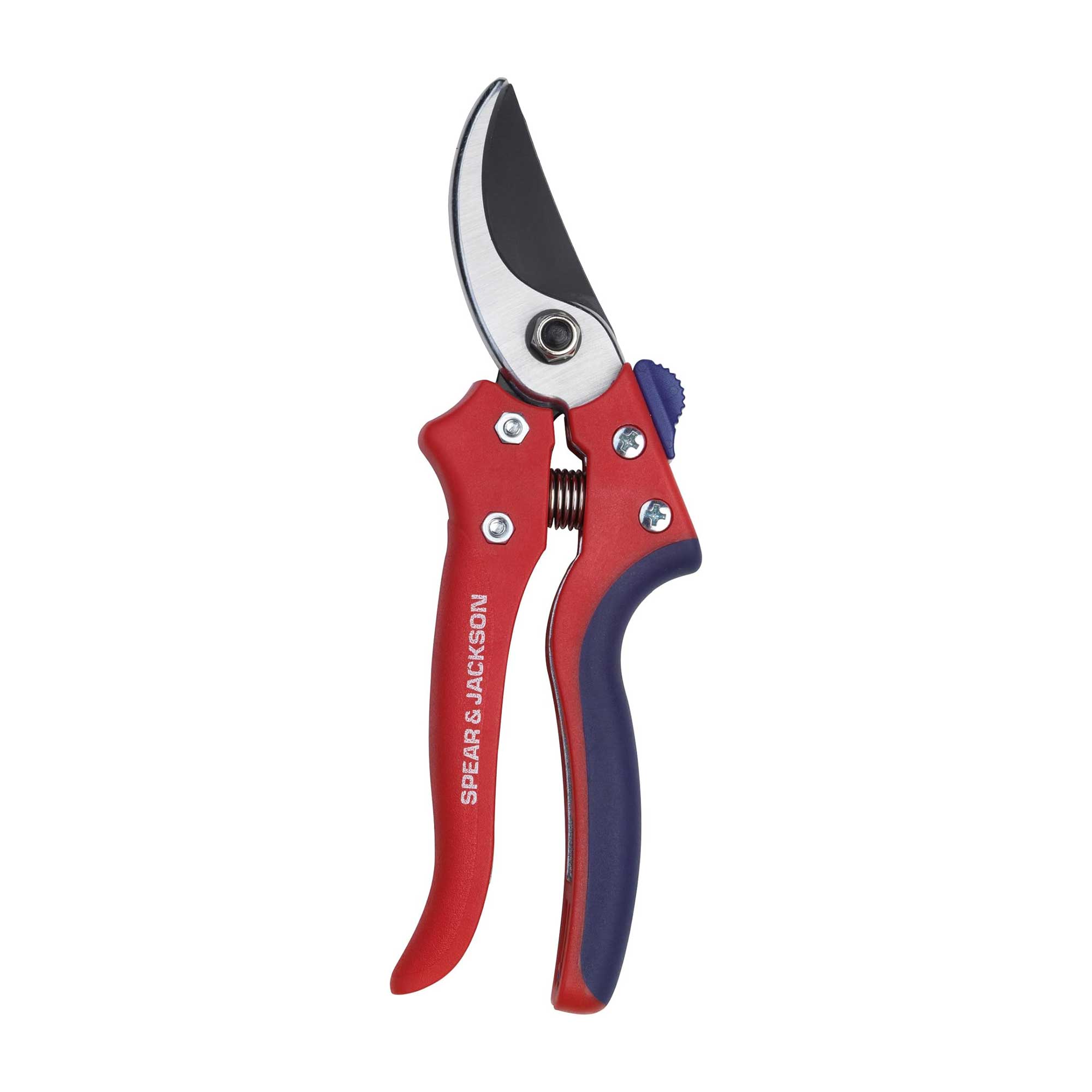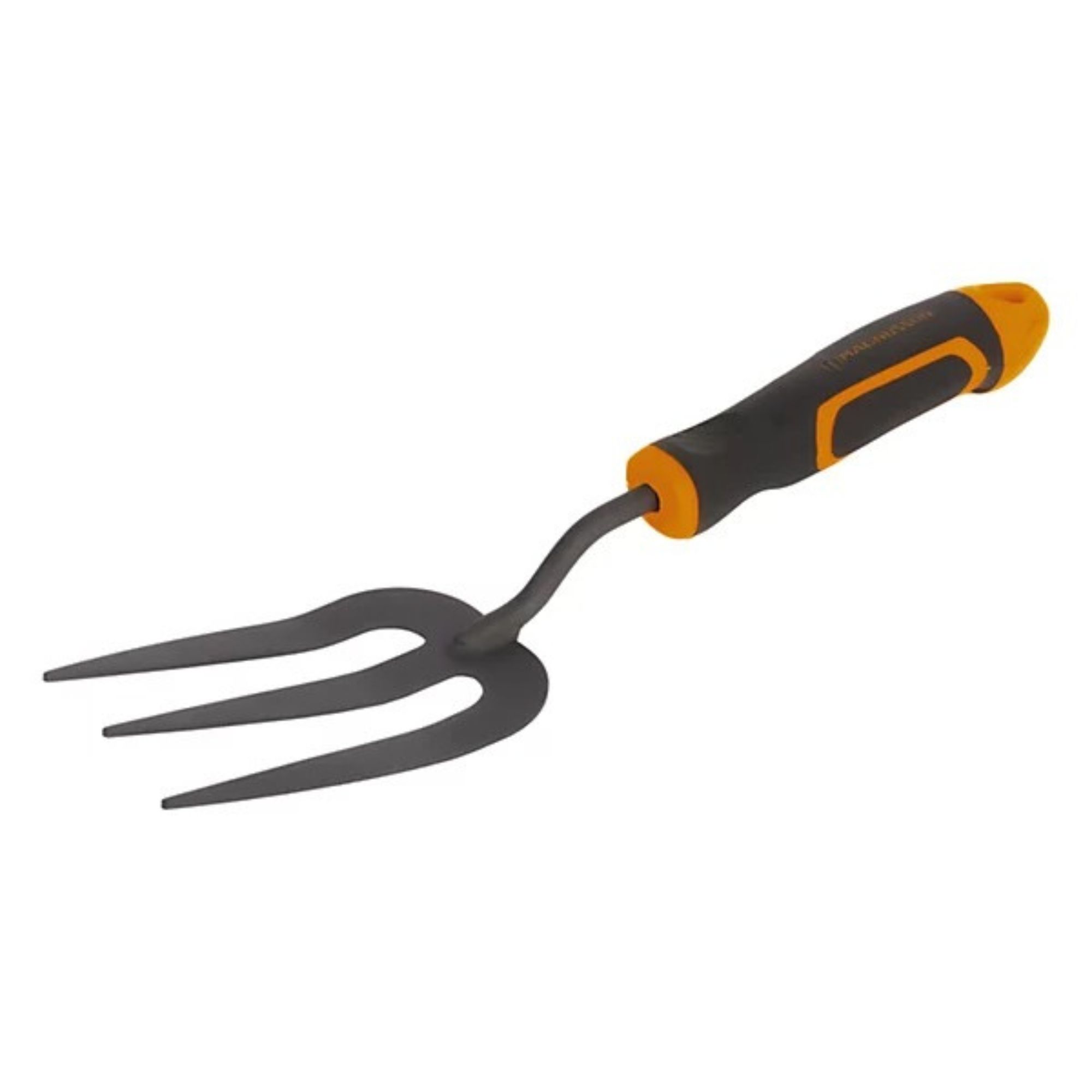How to overwinter dahlias: 5 steps to ensure your plants survive until spring
Our expert guidance will ensure your plants are prepared for the season ahead
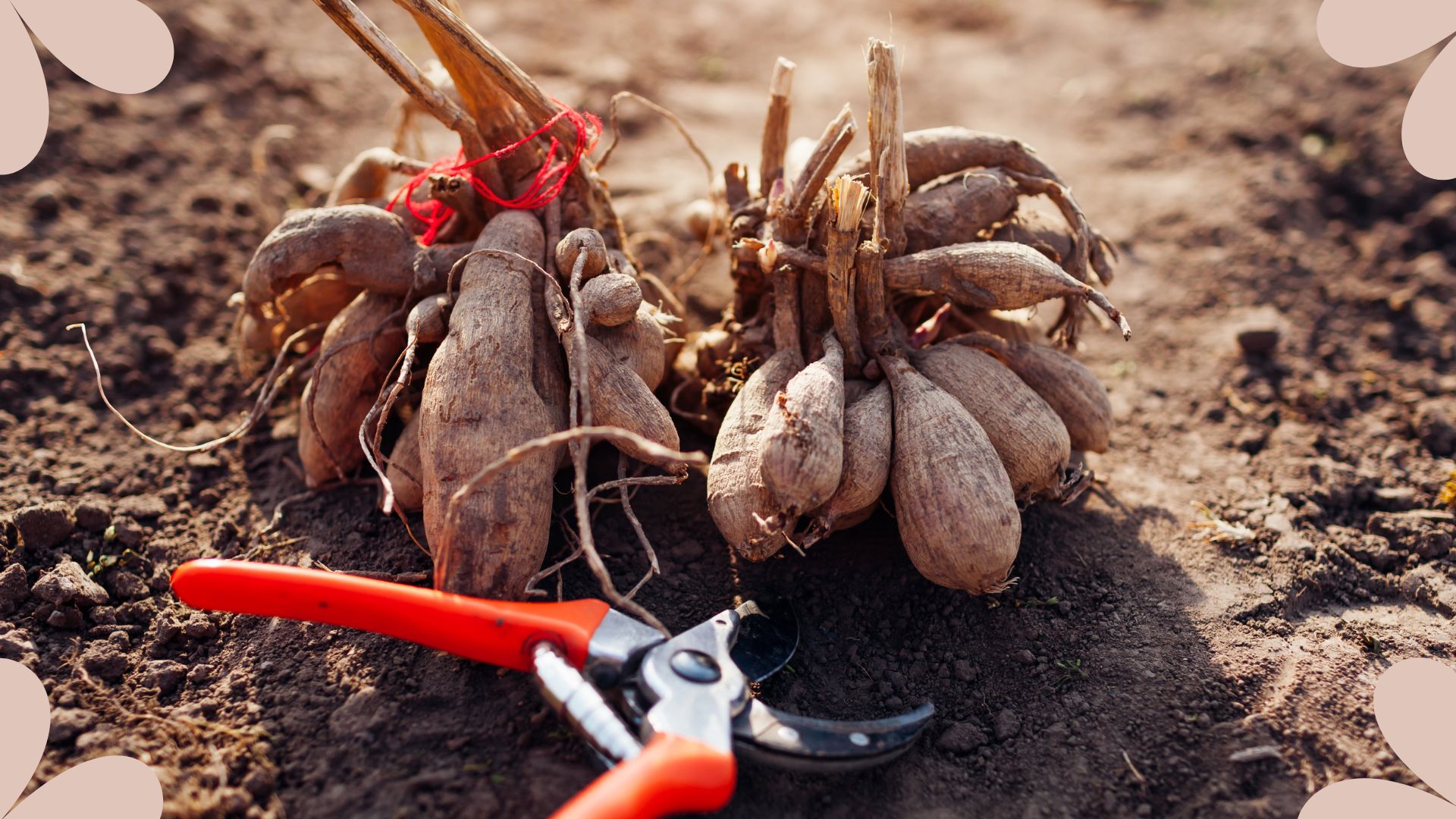

Now summer is well and truly over, so too are the beautiful floral blooms that filled the garden over the past few months. However, there's still much to be done for these plants, especially if you're planning on overwintering your dahlias.
Growing dahlias is extremely rewarding thanks to their vibrant and complex blooms, so it's no wonder most gardeners want them to return year after year. And whilst this is possible, it's only possible to revive your dahlias if you take the right steps to overwinter them.
Whether you're wondering if you can leave your dahlias in their pots over winter or have never overwintered a plant before, we've got the experts on hand to help guide you through each step of the process.
How to overwinter dahlias: 5 expert steps
Overwintering is a great way of protecting your plants from frost and wet weather, and it's especially crucial for more sensitive plants like dahlias. Their tubers can be stored over winter, but the process needs to be done right and with the correct timing.
With that in mind, we asked our gardening experts to share their recommended methods and tips to ensure your dahlias come back better than ever next year.
1. Get the timing right
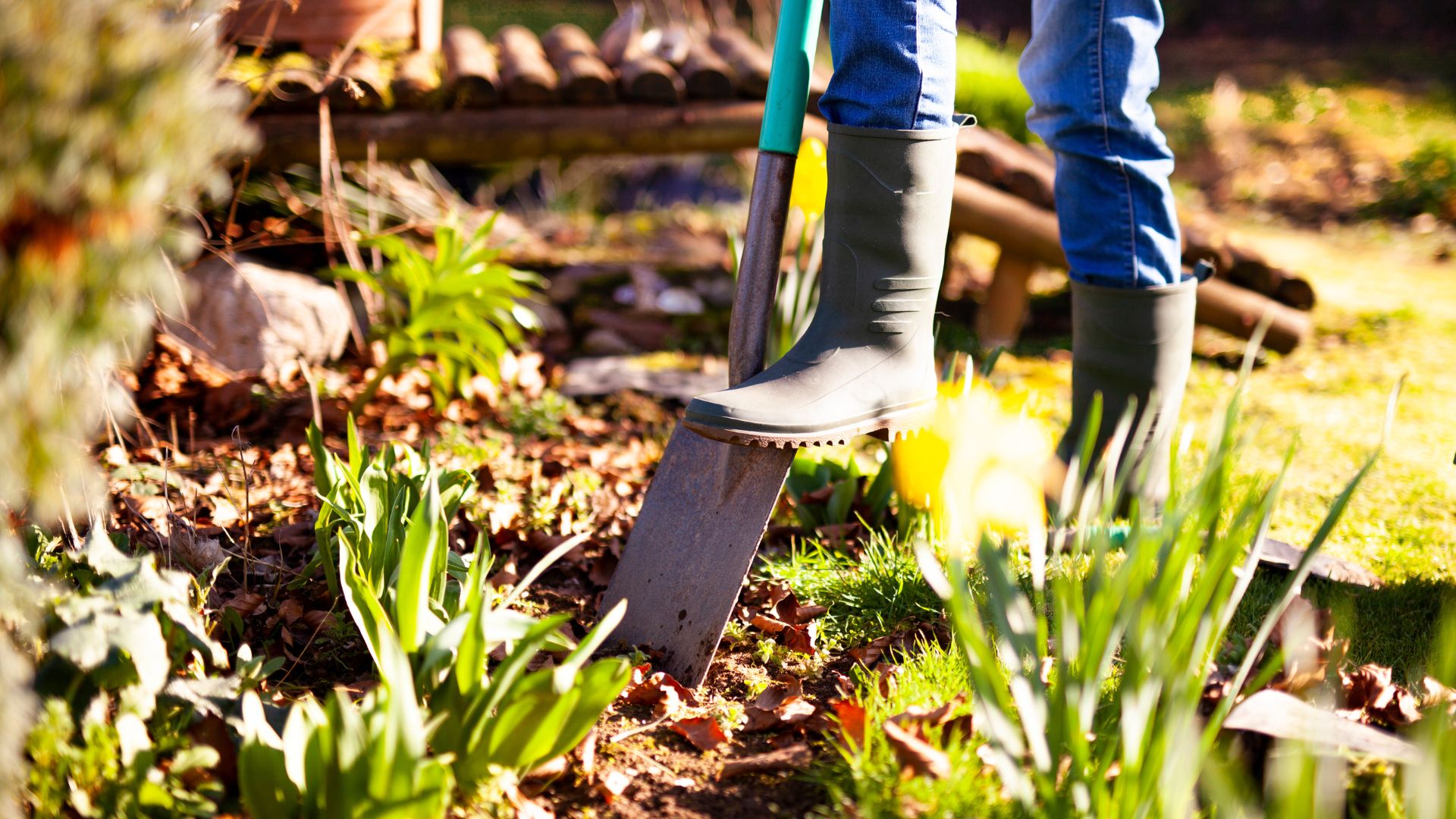
Whether you're overwintering olive trees or pruning rose bushes, when it comes to some gardening tasks, timing is everything. Overwintering your dahlias is no exception to this rule.
"Get the timing right," starts Lucie Bradley, gardening expert at Easy Gardening Irrigation. "You need to wait until after the first frost, when the dahlia foliage has turned yellow and wilted."
Sign up to our free daily email for the latest royal and entertainment news, interesting opinion, expert advice on styling and beauty trends, and no-nonsense guides to the health and wellness questions you want answered.
"This indicates that the plants have turned their energies away from producing blooms and into sending back energy to the tubers to store nutrients to make them strong and healthy, ready for growth next year," she continues.
Lucie goes on to explain that by leaving dahlias until after the first frost, the tubers can harden their outer skin, which ‘cures’ them so they are more likely to survive storage over winter, ensuring they regrow the following spring.

With over 28 years working in the garden industry, Lucie has been fortunate enough to spend every day speaking to both amateur and professional gardeners. Encouraged to garden since she was old enough to walk, she believes that you can never know everything about gardening, as it is constantly evolving.
2. Stop watering
While you may have mastered how to water your garden plants over the summer, when the cold, wet weather comes, your routine will need tweaking. Especially for dahlias.
"After the first front, the foliage will start to die back and turn brown brown and brittle. It is now time to stop watering and use a clean, sharp pair of secateurs to cut back the foliage to be about 6 inches above the surface of the ground," advises Lucie.
3. Dig up the tubers
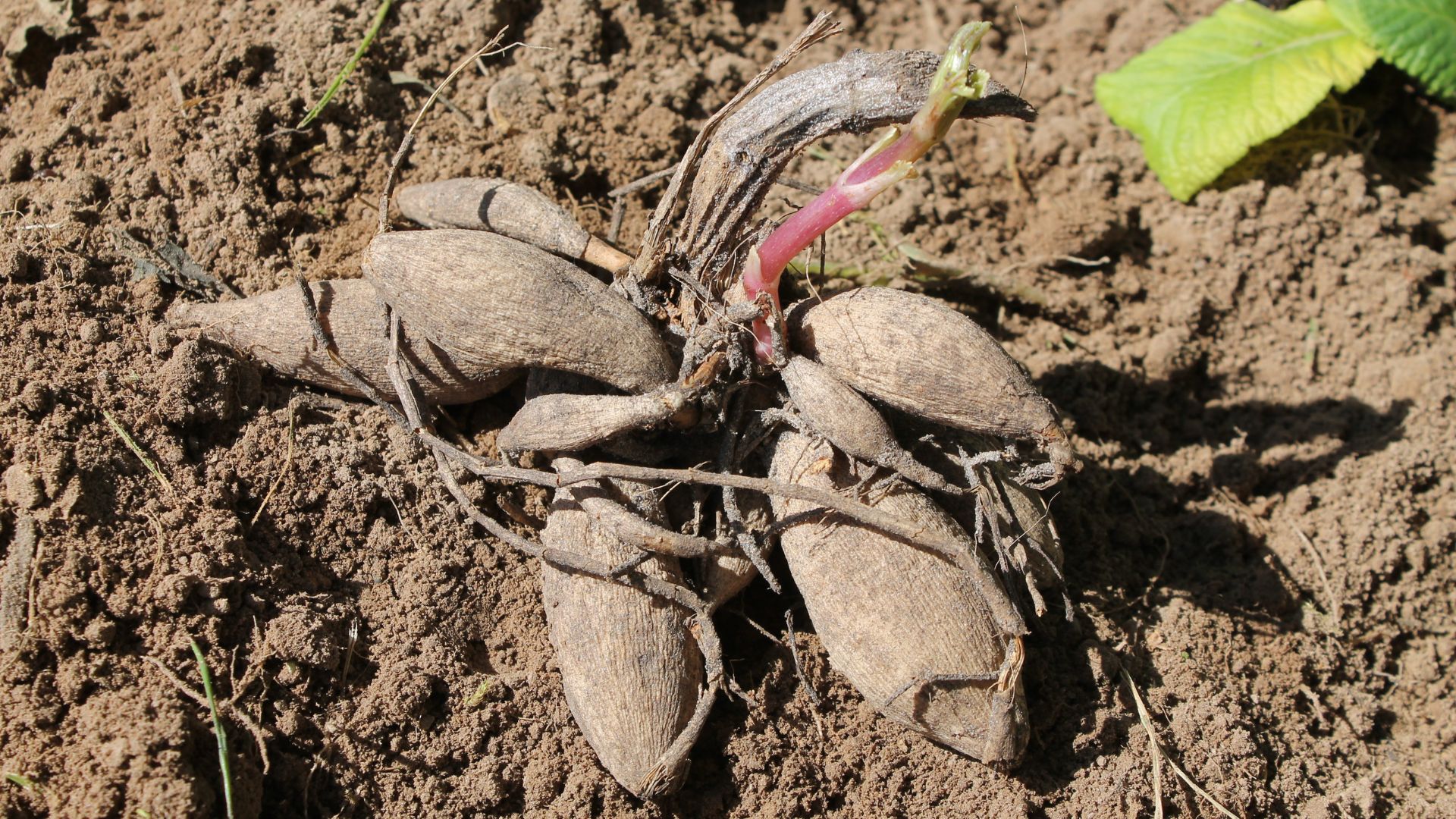
Now it's time to get those essential gardening tools out and start the process of removing the tubers from the ground.
"When digging up dahlia tubers, ideally wait for a dry, sunny day to start work. Use a fork rather than a spade as you are less likely to damage the tubers - it’s easy to accidentally slice through them using a spade," starts Lucie.
She suggests working between 8 and 12 inches from the centre of the plant and using your fork to loosen up the soil all the way around. Then you can gently lift the tuber from the ground without damaging it.
4. Prepare the tubers
If you've ever stored spring bulbs for the following year, you may be familiar with this step in the process. However, there's a little more to it when it comes to dahlia tubers.
"Once out of the ground, shake away as much excess soil as possible and inspect the tuber to make sure it’s healthy, with no damage or disease. You now need to place the tuber somewhere cool, dry and well ventilated and leave it for at least 24 to 48 hours to dry," Lucie explains.
"Inspect again and remove any remaining soil and check if the tuber is dry and firm - leave longer if it is still drying out. The tuber will be ready to store once the skin feels dry and tough, the tuber is solid, neither mushy nor shrivelled," she continues.
5. Store them correctly
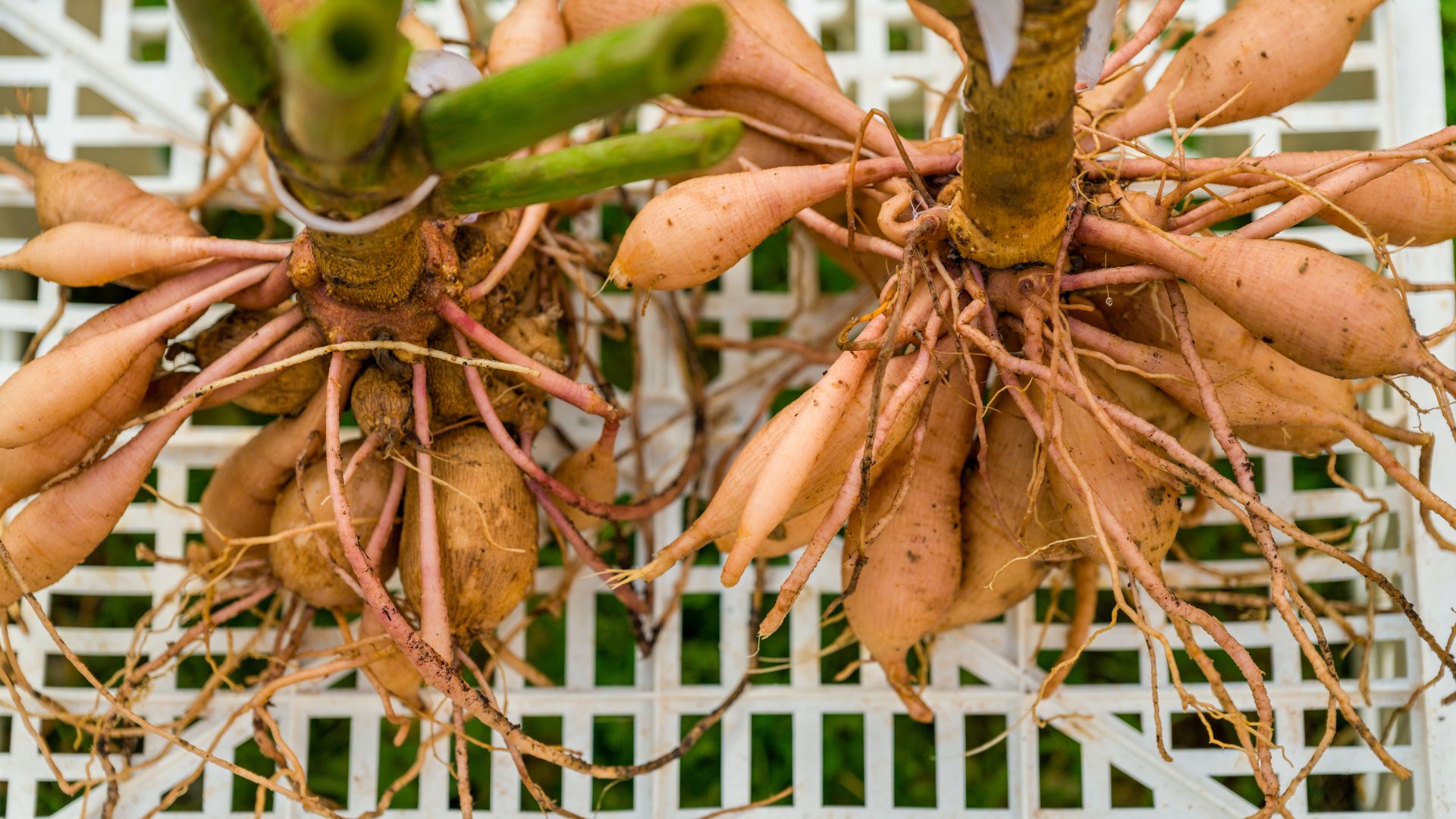
Hopefully, you've decluttered your shed in time for winter, as you may need the extra space for storing your tubers. Alternatively, a suitable space in your home can be used.
"To prevent dahlia tubers from dehydrating during storage, or becoming mushy and rotten, you need to get a delicate balance of keeping the tubers where air can circulate so they don’t start to rot, yet there is enough humidity that they don’t dry out," says Lucie.
"So, when storing the tubers, you can use a cardboard box - as this will allow air through - packing the tubers in either old newspaper, peat moss or vermiculite to safeguard them from losing their moisture. You should also regularly check the tubers and adjust their environment if they look like they are starting to shrivel," she adds.
FAQs
When should you cut back dahlias for winter?
Although you may know that deadheading dahlias is great for helping them bloom throughout the summer, knowing when to cut them back for winter is a different matter.
"It’s important when cutting back dahlias that you wait until there has been the first frost of autumn. The frost does two things - above ground, you will see the wilting foliage turn from yellowish brown to dark brown, black and become brittle," explains Lucie.
She does, however, go on to say that at the same time, under the ground, the frost helps to harden the outer skin of the tuber so that it is more likely to survive storage over winter and will regrow in the following spring.
How do you save dahlias for next year?
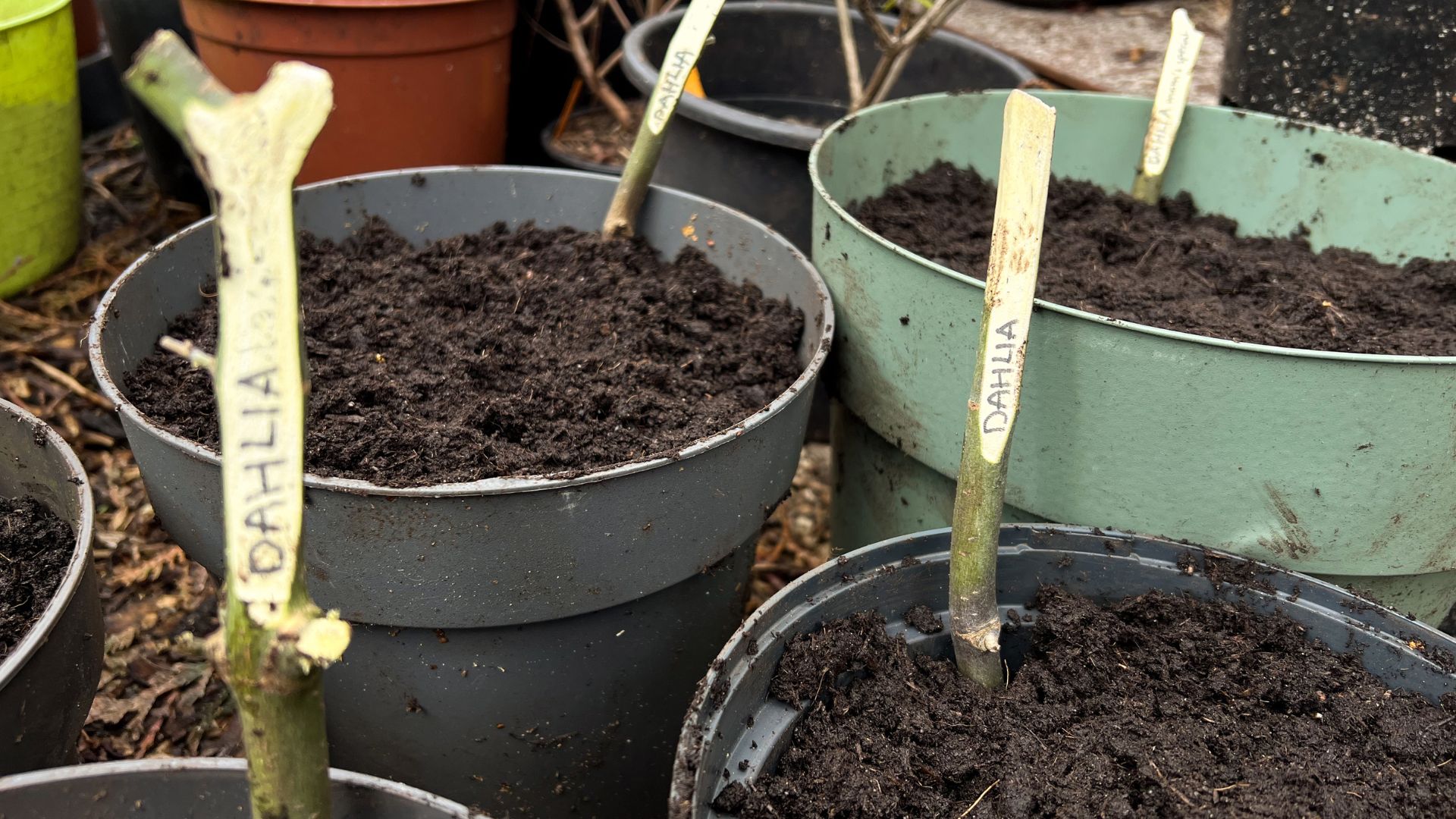
"It’s important when storing dahlia tubers over winter that they are kept somewhere cool, dark and frost-free - you need to select somewhere the temperature will remain between 4 to 10 degrees Celsius," begins Lucie.
Should the temperature be too high, the tubers can actually start to sprout and if the humidity is too low, then the tubers will start to dehydrate and shrivel. So it's incredibly important to find the right space for them.
"So to get storage right, it will be a delicate balance of keeping the tubers somewhere air can circulate so that they don’t become damp and rot, but also somewhere there is some moisture so that the tubers don’t dry out completely," she continues.
Once your tubers have survived the winter months, you'll need to know when to plant the summer bulbs. That way, your hard work can pay off and you can enjoy their impressive blooms once again.

Emily joined woman&home as a staff writer after finishing her MA in Magazine Journalism from City University in 2023. After writing various health and news content, she now specialises in lifestyle, covering unique cleaning hacks, gardening how-tos, and everything to help your houseplants thrive.
You must confirm your public display name before commenting
Please logout and then login again, you will then be prompted to enter your display name.
